living organisms
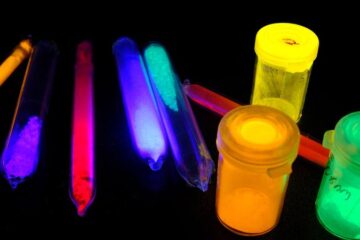
Nanoparticles of the future
Researchers in Siegen have developed the world’s first afterglow-magnetic nanoparticles. The patented invention is designed for various applications including cancer detection in medicine and the detection of fine particulates in…
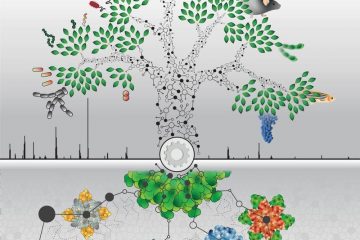
The relationship of proteins
What do the house mouse Mus Musculus, the organism Haloferax Mediterranei that lives in thermal springs and the intestinal bacterium Escherischia coli have in…
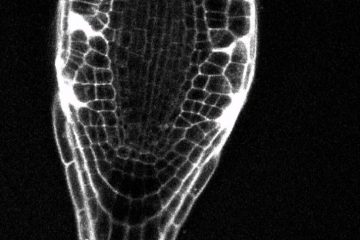
Wounded plants: how they coordinate their healing
All living organisms suffer injuries. Animals and humans have movable cells, specialized in finding, approaching, and healing wounds. Plant cells, however, are…
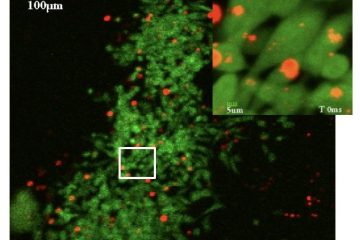
Researchers measure cancer cell mechanics in living animals using nanoparticles
The technique captures mechanical properties in living subjects that probe fundamental relationships between physics and in vivo (in a living organism)…
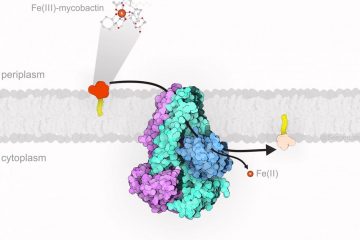
Blocking the iron transport could stop tuberculosis
The rise of multidrug resistant M. tuberculosis strains, which are resistant to many of the most effective anti-tuberculosis drugs, is particularly worrying….
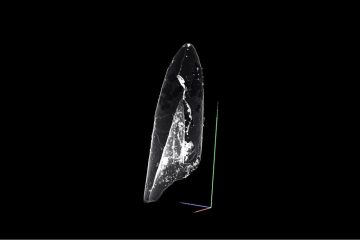
FAU palaeobiologists investigate shrinking fossilised cephalopods
The extinction of the dinosaurs was not the first clear indication that changes in the environment and the climate have considerable effects on the biosphere….